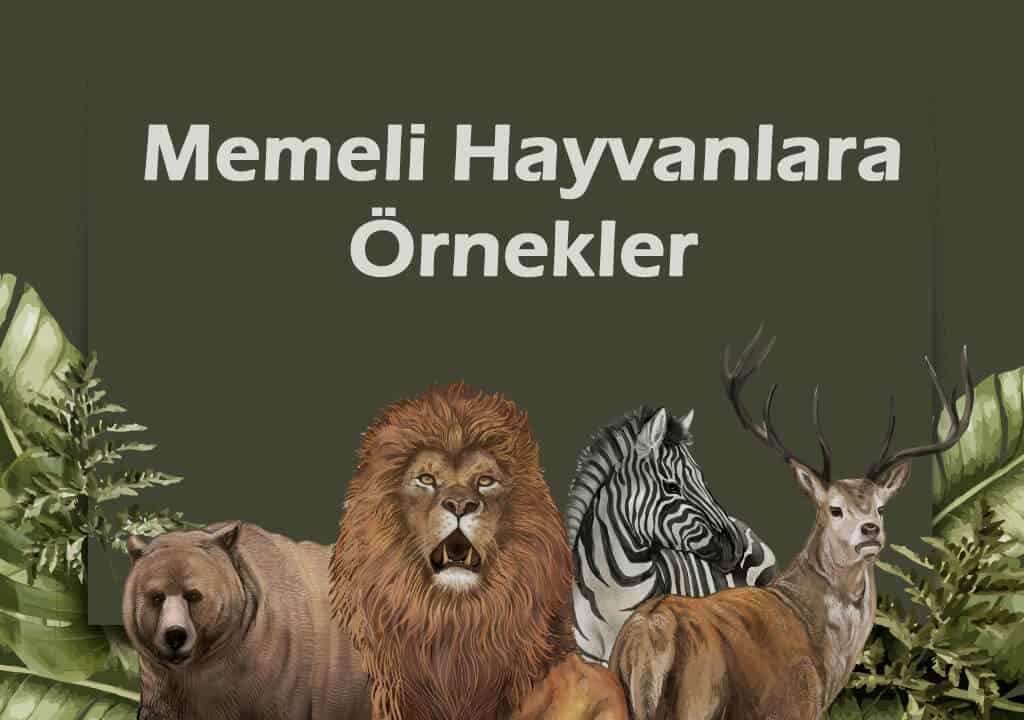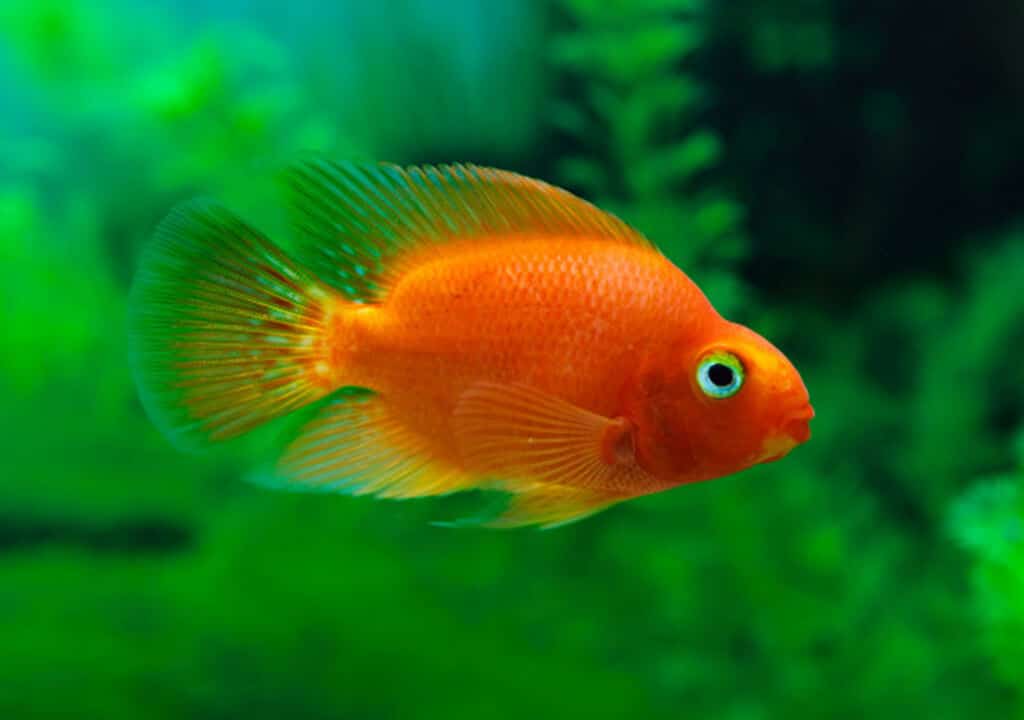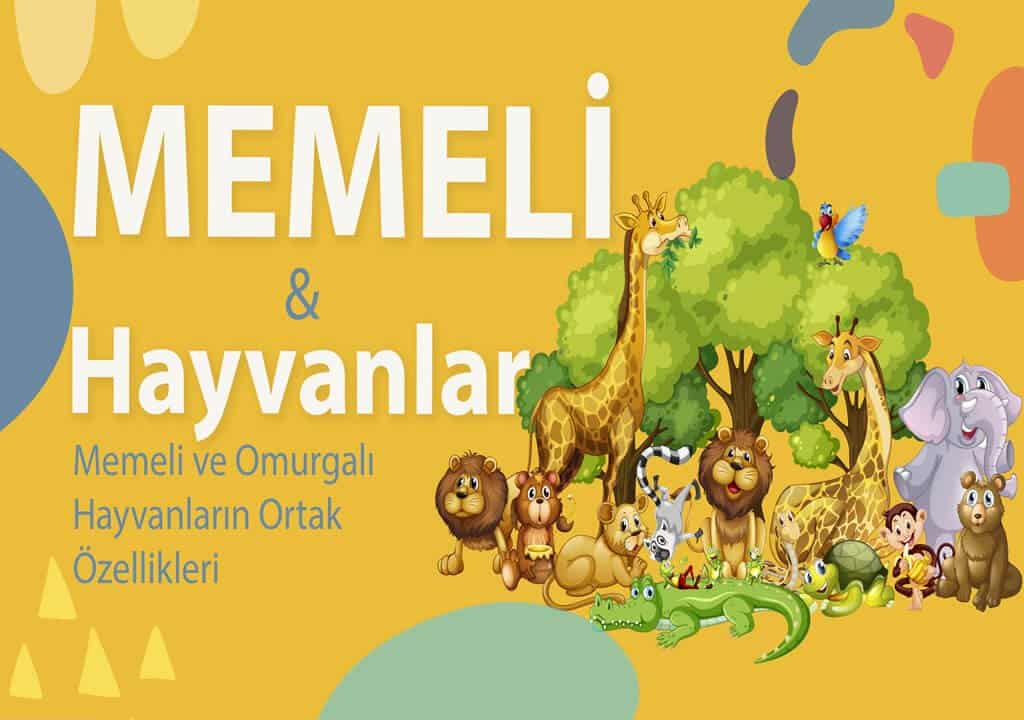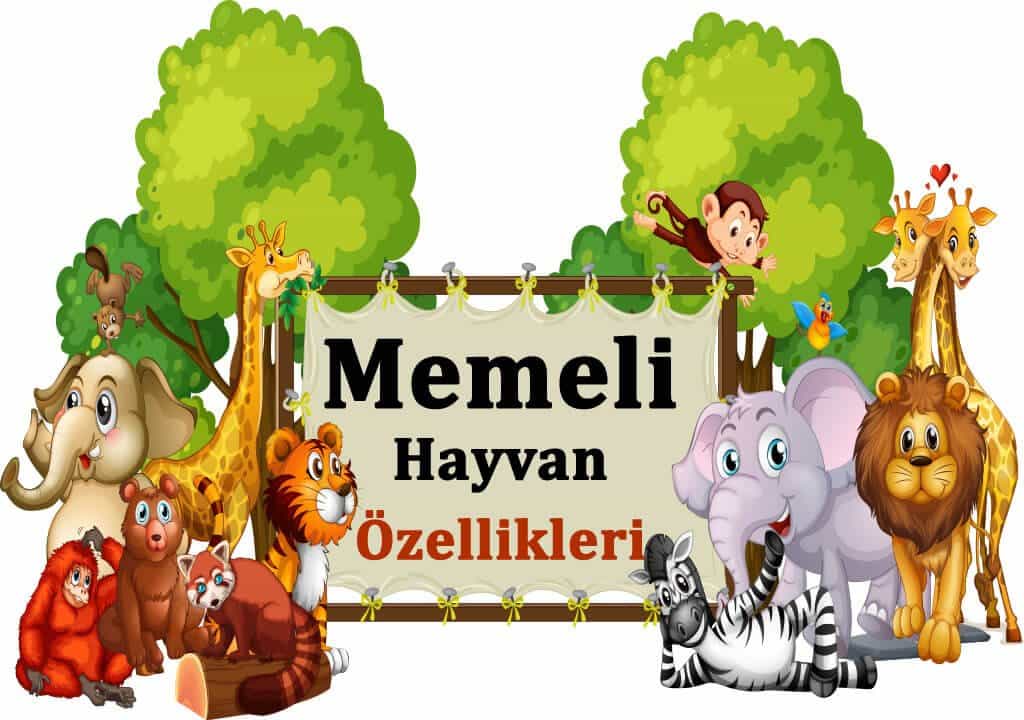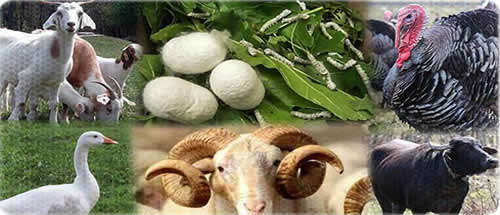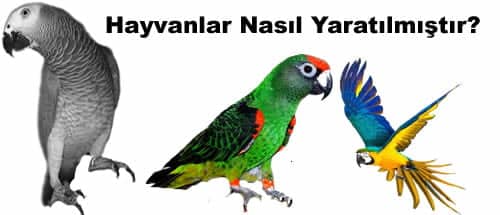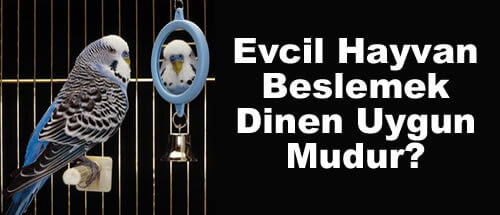Blog
Animal Kingdom
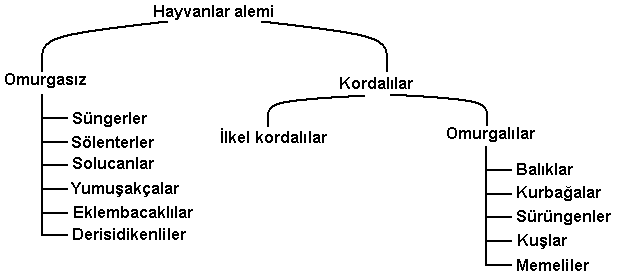
The animal kingdom is one of Whittaker’s five kingdoms. Animals are multicellular eukaryotes.
Animal Kingdom
They cannot produce their own food, so they eat heterotrophs, that is, they get their nutrients ready-made from the external environment. The cell wall found in plant and fungal cells is not found in animal cells. Most animals reproduce asexually. Usually they act actively.

The animalkingdom is divided into three groups. These; invertebrates, primitive chordates, and vertebrates. The first of these groups, invertebrates, as the name suggests, do not have a backbone in their structures, most of them do not have an internal skeleton, but some have an exoskeleton that provides external support. Open circulation is mostly observed in these creatures. In invertebrate animals; It is examined in 6 subclasses, including sponges, cetaceans, worms, mollusks, arthropods and echinoderms.
What is the Animal Kingdom?
Primitive chordates are invertebrates that live in the sea and have a closed circulation. The most important feature of primitive
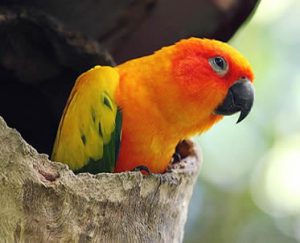
Primitive chordates are divided into two groups as overalls and head chordates. Of these, structures other than the gill slits are not encountered in the adult individuals of the tunicates. In other words, notochord, nerve cord and tail structures are not found in adults. In another head, that is, headless ones, all the features seen in the embryonic period are also seen in the adult period.

Vertebrates are the most advanced group of the living world. Vertebrates have an endoskeleton made of bone or cartilage, a spine on the back, closed circulation, gill and/or lung respiration. Vertebrates are studied in five classes. These; fish, amphibians, reptiles, birds, and mammals.





